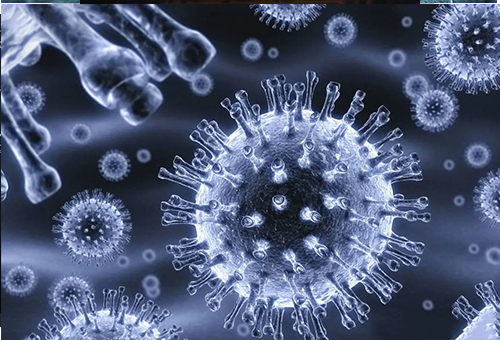INFORMATIONS
Impact of Delivery and Feeding Methods on Child Allergy Risk: An Authoritative Scientific Perspective
Writer: admin Time:2021-02-03 22:25:35 Browse:119℃

Abstract:
Delivery and feeding methods have long been debated topics concerning their association with child allergy risk. This informative article aims to provide an authoritative interpretation of scientific research, elucidating the impact of delivery and feeding methods on child allergy risk. Taking a scientific approach, we explore the relationship between natural birth and cesarean section, breastfeeding and formula feeding, and offer practical recommendations to help parents make informed decisions.
Introduction:
Childhood allergies have garnered significant attention and discussion, prompting inquiries into the relationship between delivery and feeding methods and allergy risk. This article delves into the subject, drawing on authoritative scientific research to unravel the influence of delivery and feeding methods on child allergy risk. Through a scientific lens, we explore the associations between natural birth and cesarean section, breastfeeding and formula feeding, providing practical guidance for parents to make informed choices.
The Impact of Delivery Methods:
Delivery method, including natural birth and cesarean section, has been studied for its potential influence on child allergy risk. Scientific evidence suggests that infants born via natural birth may have a reduced risk of developing certain allergies compared to those born via cesarean section. Factors such as the early exposure to beneficial bacteria during the passage through the birth canal and differences in immune system development may contribute to this observed association. However, it is important to note that the impact of delivery methods on allergies is complex, influenced by various genetic and environmental factors.
Exploring Feeding Methods:
Feeding methods, specifically breastfeeding and formula feeding, have also been examined in relation to child allergy risk. Breastfeeding, particularly exclusive breastfeeding for the first six months, has been associated with a decreased risk of allergies. Breast milk contains a myriad of bioactive components that support immune development and regulate allergic responses. Conversely, formula feeding, especially when introducing certain allergenic foods early, may slightly increase the risk of allergies. However, the overall impact of feeding methods on allergies can vary among individuals, and other factors such as genetic predisposition and environmental exposures play a significant role.
Practical Recommendations:
Based on the current scientific evidence, the following recommendations can help parents navigate the complex relationship between delivery, feeding methods, and child allergy risk:
1、Delivery Methods: While delivery method alone may not be modifiable, understanding the potential associations can guide parents in making informed decisions about their child's health and wellbeing.
2、Breastfeeding: Whenever possible, exclusive breastfeeding for the first six months is encouraged, as it provides numerous benefits beyond allergy risk reduction, including optimal nutrition and immune support.
3、Formula Feeding: If breastfeeding is not feasible or chosen, selecting appropriate hypoallergenic formulas and discussing the introduction of allergenic foods with healthcare professionals can help minimize potential allergy risks.
4、Individual Considerations: Recognize that each child is unique, and genetic predisposition, family history of allergies, and environmental factors also contribute to allergy risk. Consult healthcare professionals for personalized advice based on individual circumstances.
Conclusion:
Delivery and feeding methods have been explored extensively in the context of child allergy risk. Scientific research indicates potential associations between natural birth, breastfeeding, and a reduced risk of allergies. However, it is crucial to consider the complexity of allergy development, including genetic and environmental factors. By understanding the current evidence and seeking guidance from healthcare professionals, parents can make informed choices to support their child's well-being and potentially mitigate allergy risks.